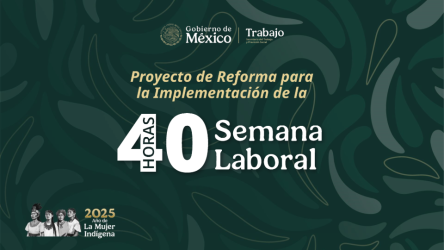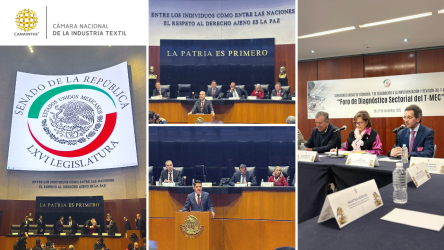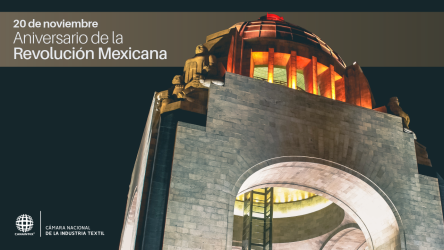ICTSD. Last week, Australia’s Senate passed legislation ratifying the Comprehensive and Progressive Agreement for Trans-Pacific Partnership (CPTPP), the sweeping trade accord signed by 11 Pacific Rim economies this past March in Chile. Australia is now the fourth of the 11 signatories to ratify the planned trade deal, following Mexico, Japan, and Singapore, boosting the chances of the CPTPP taking effect early next year.
Australia Prime Minister Scott Morrison told reporters in Canberra, that “it’s a big, important day for businesses all around the country, and it’s the product of a government that gets it.”
He added that the CPTPP, once in force, “could connect Australia to half a billion consumers around the world,” while noting that the accord will particularly benefit Australian farmers and services providers.
After US President Donald Trump withdrew his country from the original Trans-Pacific Partnership (TPP) Agreement in January 2017, the remaining signatories spent several months in negotiations to help the accord move forward, ultimately agreeing to suspend select provisions while leaving the bulk of the accord intact. (See Bridges Weekly, 16 November 2017)
Under the CPTPP’s terms, the accord requires ratification by at least half of its signatories, or six of the 11 countries involved. While four economies have already ratified the legislation, others may be close behind, with Canada, Vietnam, and New Zealand said to be well advanced in the ratification process.
CPTPP members speed up ratification
On the same day that Australia ratified, CPTPP legislation was approved in Canada’s House of Commons, and will soon be subject to Senate consideration.
“It’s time to diversify and Canada is moving swiftly to ratify the CPTPP. The agreement means free trade with 10 growing Asia-Pacific markets, including Japan and Australia,” said Jim Carr on Twitter. Carr is Canada’s Minister of International Trade Diversification, and issued the tweet ahead of a meeting with Canadian senators.
“It would be very helpful, senators, for Canada to be part of this initial group, and we know that the date is fast approaching,” he told Canadian lawmakers, according to comments reported by Bloomberg. He also urged them to do so by early next month. Similar entreaties have reportedly been made by farm groups and other CPTPP proponents in Canada, warning that falling behind could mean losing out on key market access benefits for products where the North American country is competitive.
Earlier this year, the Office of the Chief Economist at Global Affairs Canada issued a report suggesting that “the CPTPP would generate long-term economic gains for Canada totalling C$4.2 billion,” suggesting that this would be better than the gains previously anticipated under the original version of the deal. The report credited this to “improved market access for Canadian business to other CPTPP countries in the absence of US competition.”
New Zealand is expected to finalise domestic ratification of the accord after a final parliamentary debate in a matter of weeks. “Early ratification also means an immediate levelling of the playing field for many New Zealand exporters in some crucial markets,” said David Parker, New Zealand Minister for Trade and Export Growth, at the country’s parliament last week during a “second reading” of the CPTPP Amendment Bill.
Meanwhile, Vietnamese Prime Minister Nguyễn Xuân Phúc told the Nikkei Asian Review that the southeast Asian country also hopes to ratify in the near-term, potentially next month, as it will “draw out [Vietnam’s] maximum possible latent economic and trade potential.”
As for other CPTPP signatories, some are also making strides in the ratification process. In Chile, the accord is also being considered by the domestic legislature, and Foreign Minister Roberto Ampuero said last month that he expects the South American nation to approve the deal shortly. Peruvian officials have made similar statements on their side. It is not yet clear what the timelines are for Brunei and Malaysia.
However, Malaysia, which has a new government in place, has previously expressed some wariness about the CPTPP and other accords inked under the previous government.
Recently, Prime Minister Mahathir Mohamad said that Malaysia was “still looking at the pros and cons” of ratifying the CPTPP. “I am opposed to the trade pact because it was not a fair kind of fair trade agreement as it gave companies the power to sue governments for loss of future profits, and things like that,” the prime minister said last month, according to comments reported by local media.
Potential new members
With entry into force potentially imminent, many trade watchers are looking to see which other countries may later ask to accede to the CPTPP. For example, UK government officials have indicated interest in joining the CPTPP post-Brexit, a prospect that Japanese Prime Minister Shinzo Abe welcomed publicly just weeks ago. (See Bridges Weekly, 11 October 2018)
Several other economies are also reportedly considering requesting accession to the CPTPP, such as Colombia, South Korea, Taiwan, and Thailand.
Nearly two years after withdrawing the US from the initial TPP agreement, conflicting reports have repeatedly emerged over whether US President Donald Trump would request to re-join the accord. Washington would need to renegotiate its re-entry and receive the approval of existing signatories to be back in, however.
Growing momentum on the regional integration front?
The past several months have seen concerted efforts on multiple fronts, including in the Asia-Pacific, to advance the negotiation, ratification, and implementation of new trade accords, particularly given some of the challenges that have emerged on the global trade landscape. Tensions between the US and China, which have not yet abated, have been named repeatedly as a cause for concern by other economies, which worry about supply chain disruptions and other consequences.
The CPTPP, as well as a separate Asia-Pacific accord still under negotiation known as the Regional Comprehensive Economic Partnership (RCEP), have long been considered as possible pathways towards a larger deal that could encompass much of the region. They differ somewhat in objectives and scope, however, along with size, given that the latter accord has 16 members, structured around the Association of Southeast Asian Nations (ASEAN) and its six free trade agreement partners.
RCEP participants are hoping to clinch a “package” of deliverables before the end of the year, ostensibly in time for major regional summits planned for November. (See Bridges Weekly, 13 September 2018)
ICTSD reporting; “Minister Urges Canadian Senate to Pass Pacific Trade Deal Quickly,” BLOOMBERG, 18 October 2018; “New Zealand sees TPP 11 as antidote for ‘turbulent times,” NIKKEI, 11 June 2018; “Peru expects to ratify CPTPP this year,” ANDINA, 22 August 2018; “Dr M: Malaysia still looking at pros and cons of CPTPP,” THE STAR, 27 September 2018 “Decision on CPTPP by year-end,” THE NATION, 18 September 2018; “Trump May Join The New TPP, But Only Because The Old One Was Gutted,” FORBES, 13 April 2018; “Beijing looking at joining Japan-led Pacific trade pact,” MENAFN, 11 October 2018; “The pressure is on for Senate to pass a massive Asia-Pacific trade deal quickly,” CBC NEWS, 18 October 2018.




